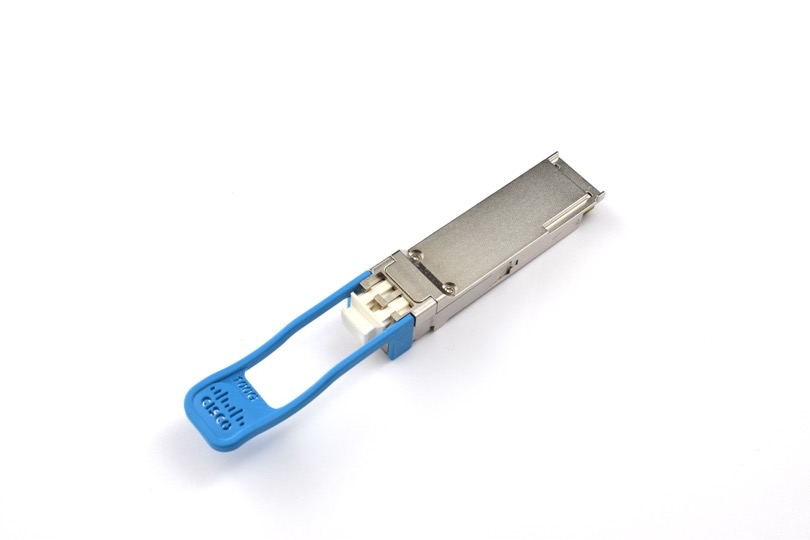- I tested a robot mower with no boundary wire for a month - here's my buying advice now
- US Tries to Claw Back $7m Taken by North Korean IT Workers
- The best AI for coding in 2025 (including a new winner - and what not to use)
- “통제 밖으로 번지는 생성형 AI··· CISO 대응 한계 드러나” 팔로알토네트웍스 조사
- 오디오에서 추론→음성 생성→실시간 소통···구글, “대화가 AI와 소통하는 핵심적인 방법될 것”
How to Go Beyond Optics Standards and Reach 25km – Cisco Blogs

I recently wrote about the 100G ER-Lite, the latest addition to our single-lambda 100G QSFP28 pluggable optics products. It provides a whopping 25km of reach over duplex SMF (single-mode fiber). While the LR1-20 specification standardized by the 100G Lambda MSA supports 20km reach, Cisco’s product will actually support 25km. Of course, when paired with another vendor’s MSA-compliant module, it still supports the 20km since it complies with (and exceeds) the MSA specifications.
Why does Cisco’s 100G ER-Lite reach farther?
It’s in the modulator.
Cisco’s silicon photonics modulator generates an ultra-clean signal which results in less signal distortion over longer distances. This modulator is so good, it’s considered the source for the golden eye for testing TDECQ.
Back in 2019 at OFC, when we were still attending conferences in person, my colleague Ray Nering asked me about this modulator:
What limits the reach of the transceiver?
At reaches beyond 10km, chromatic dispersion, and not optical power attenuation, tends to limit the distance over which 100G signals can propagate through single-mode fiber. Dispersion is a property of the fiber that causes the optical pulses representing the digital signal to lose their shape as they travel through it. This is because they actually stretch out temporally as they propagate down the fiber. For instance, if a pulse is a picosecond long when it enters the fiber, it could be 2 or 3 picoseconds long by the time it comes out the other end.
I know this sounds weird, and it is. It would be like looking at a camera flash before and after it goes through a really thick window. Before entering the window it’s a flash of light as we normally know it. But when you look at it through the thick window, it has a noticeable duration with a beginning and an end. You’ll never actually see this happen with everyday camera flashes and windows. But with 100G optical transceivers and fibers tens of km long, it definitely does happen.
If you’re transmitting data, this stretching of optical pulses causes neighboring pulses to bleed into each other and create inter-symbol interference. That, in turn, results in bit errors. Therefore, the point on the fiber at which the pulses are about to spread determines the maximum distance over which you can send your data.
How does the transmitter signal affect its reach?
The quality of the transmitter signal is important because it could contain chirp. Chirp is a change in optical frequency (or wavelength) of the signal that occurs within the duration of a pulse. If a pulse is chirped, the fiber’s chromatic dispersion has an even bigger impact on the spreading of the pulses than if it was not chirped.
Many optical transmitters employ optical modulators that generate chirp as they modulate the intensity of the laser to encode the digital signal. Some use directly modulated lasers (DML), which also chirp the frequency as they turn the lasers on and off. These can be fine for shorter reaches where the distance is limited by other things like patch panel loss. But for the longer dispersion-limited distances, chirp is a huge factor.
The Cisco modulator does not impart any measurable chirp. Therefore, the fiber does not add any additional distortion to the pulse before it reaches the theoretical maximum reach.
Subscribe to the Cisco Optics blog
Listen to the Cisco Optics Podcast
Watch the Cisco Optics YouTube playlist
Share:

